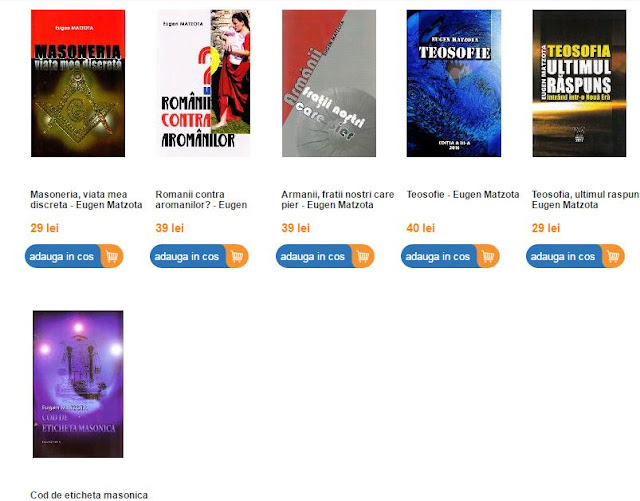How does God look like? - by Eugene Matzota
Is He the good old man with white hair and beard one may find in simple drawings or even religious iconography?
By Eugene Matzota
Based on an excerpt of my book ‘Ask and it Will be Answered’, 2011
Well, yes, this question seems childish, in the beginning.
On the other hand, let’s be more generous, this question seems to be one that meets only the question of a child not so much indoctrinated with everything a man could read in a lifetime.
Well, I’m so sorry for those who think that being an intellectual means to have as many books in the library as possible. The bad news is that if you walk into a House of worship, we might find such a representation. Therefore, we’ve got to talk about it...
Is this the way people imagine God, a human like anyone of us? Sure, it has to be just much wiser, because He must know everything. Moreover, being wiser and older than our world, the best representation at hand is that of a wise old man.
Now, let’s what Carl Sagan has to he say about this image of God, knowing that he characterize himself not as an atheist, but as an agnostic. Carl Sagan, a well-known scientist, far from being a naïve, as we may see immediately from his slightly sarcastic turn of phrase, says about this naive image of God:
The idea that God is an oversized white male with a flowing beard who sits in the sky and tallies the fall of every sparrow is ludicrous. However, if by God one means the set of physical laws that govern the universe, then clearly there is such a God. This God is emotionally unsatisfying... It does not make much sense to pray to the law of gravity.Now that we have exposed a major scientist’s opinion, let us see what a theosophist has to say about God.
As quoted in "Scientists & Their Gods" in U.S. News & World Report Vol. 111 (1991).
For theosophist, God is the One, the Source of all things, whether good or bad, beautiful or ugly. He can’t have a certain quality because includes all the qualities, like all His creations.
The Gospels give the parable of the Kingdom of God compared to a grain of mustard seed, which apparently has no connection with God's greatness.
30 And he said, Wherunto shal we liken the kingdome of God? Or with what comparison shall we compare it?Well, let’s see, what would be the meaning of this wonderful parable?
31 It is like a graine of mustard seed: which when it is sowen in the earth, is lesse then all the seedes that be in the earth.
32 But when it is sowen, it groweth vp, and becommeth greater then all herbes, & shooteth out great branches, so that the fowles of the aire may lodge vnder the shadow of it.
(Mark, 4.30-32, Bible, King James Edition, 1611)
In the beginning, there is just a grain of mustard, nothing more. We don’t know what is inside of this grain apparently lifeless. We simply can’t tell.
Therefore, we can’t tell what will come out of it, how it will be able to evolve.
Only when the plant develops from the grain sowing in the Earth, with branches and leaves, only then we will get to know what that little seed of mustard is. Not before...
This He, this One without a name, about which nobody could say either that it does or that it does not exist, nor could an ordinary man understand Him, is Life.
Life is everywhere in space, has always been and will be, even after the disappearance of the good and the bad.
Life remains unchanged and all that we might say is that it is. No more than this and this is enough.







